
Are The BMW G 310 Twins Overpriced In India? Yes, Or No?
- Jul 20, 2018
- Views : 16998

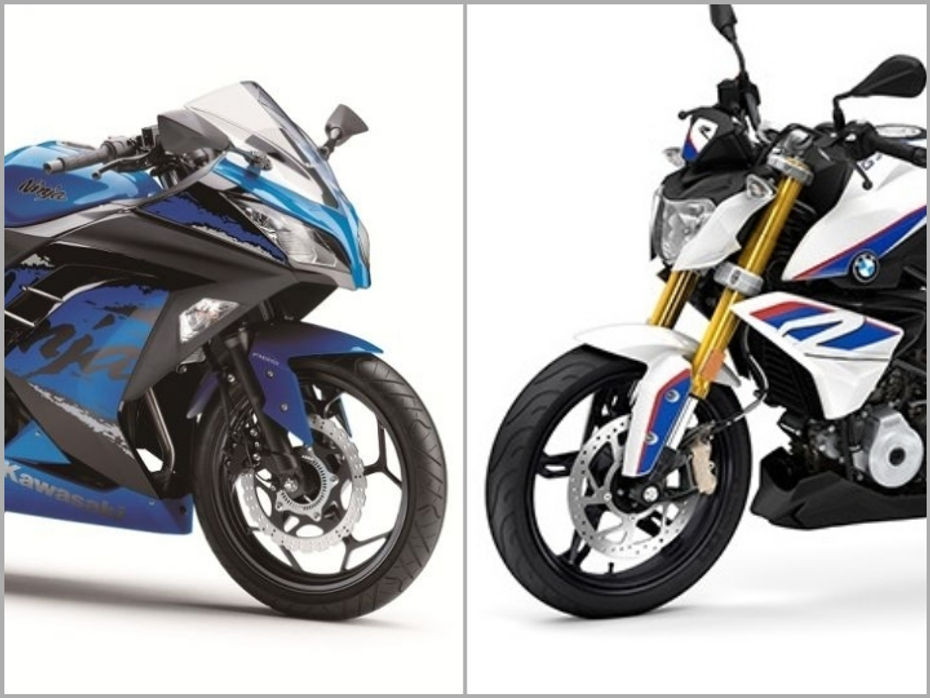
Just two days after BMW Motorrad launched its most affordable offering, the G 310 R, Kawasaki retaliated with the launch of a heavily localised 2019 Ninja 300. While the BMW G 310 R is priced at Rs 2.99 lakh, the Ninja 300 will set you back by Rs 2.98 lakh, ex-showroom pan-India. With just a difference of Rs 1000, the two motorcycles offer completely different experiences. Let’s see which one makes for a better deal.
Looks & Instrumentation:

The BMW G 310 R is essentially a street naked motorcycle. Drawing design inspiration from the manic S 1000 R, the motorcycle features nicely chiselled lines with a fine balance of sportiness and elegance. The Kawasaki Ninja 300 on the other hand is a fully faired motorcycle with the ergonomics of a sports tourer. This makes it manageable both in city and on the highway, comfort-wise. Its design has remained more or less the same when compared to the earlier generation model. The engine and the chassis comes from Thailand but the body panels, wheels and tyres are all localised.
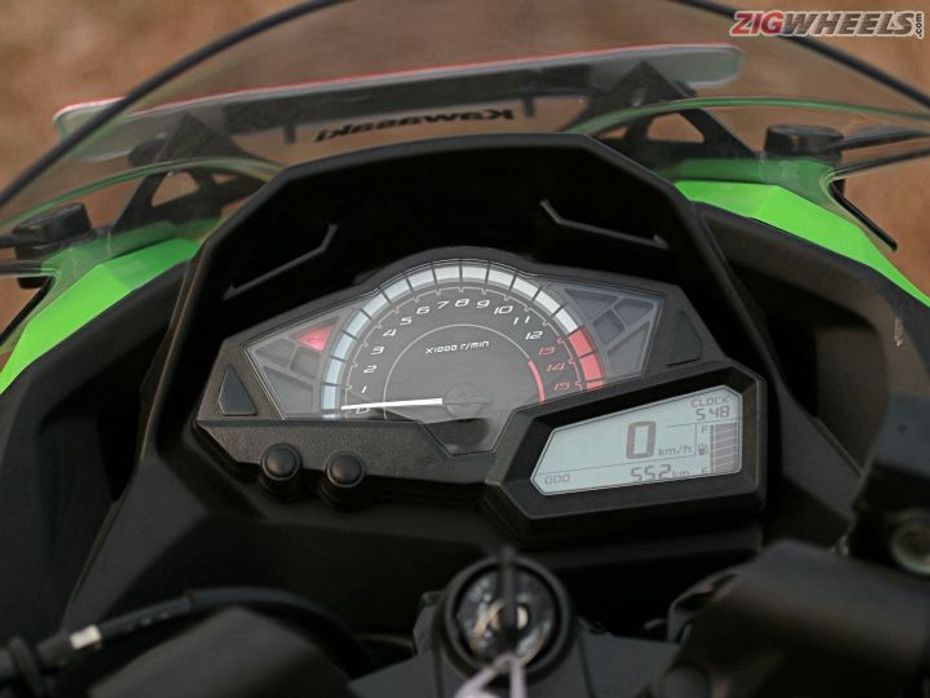
Coming to the instrumentation, the G 310 R gets a fully digital unit with average and current fuel consumption and range readout apart from the regular trove of information. Though the Kawasaki comes with a better-looking (in our opinion) analogue-digital combo cluster, the information is just what every other motorcycle in its class offers: speedo, tacho, fuel level, dual trip readouts, odo, gear position, time and tell-tale lights. There’s an eco indicator which lights up when ridden with a sensitive throttle. However, there is no range indicator and so you’ll have to rely on the fuel gauge. Fortunately, the Ninja has a generous 17-litre fuel tank whereas the G 310 R gets a smaller 11-litre unit.
Powertrain:
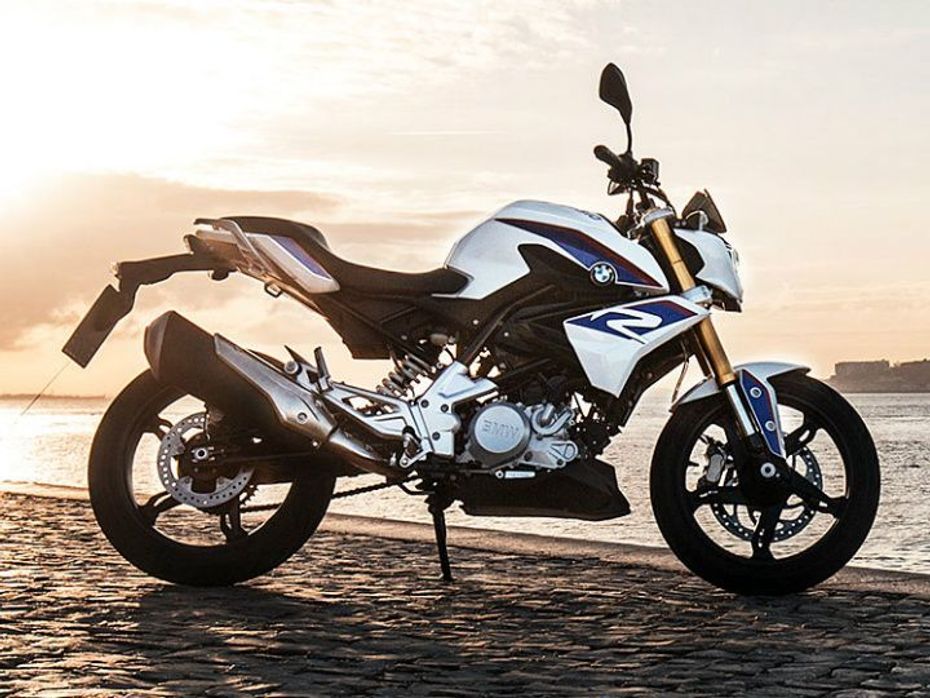
The BMW G 310 R employs a 313cc single-cylinder DOHC engine with liquid cooling and fuel injection. Though Kawasaki has a comparatively smaller-capacity 296cc motor, there’s one extra cylinder. The parallel twin setup helps the motorcycle rev freely, be more refined and also have a linear power delivery. Moreover, at 39PS, the Ninja 300 makes 5PS more than the G 310 R. Peak power for the Ninja sits at a much higher rev band of 11,000rpm, which requires the rider to be at the far end of the rev range to extract maximum performance from the motorcycle. The twin-cylinder setup also helps in providing better overall refinement over its 1-pot counterpart.

When it comes to torque figures, the Ninja makes 27Nm, losing out by 1 Nm to the German motorcycle’s 28Nm. Being a single-cylinder motor, G 310 R’s torque comes in much earlier at 7500rpm compared to the Ninja’s peak torque at 10,000rpm. Peak power for the Ninja comes at a much higher rev band, at 11,000rpm, which encourages the rider to stay in the far end of the rev band.
Though the two motorcycles feature 6-speed transmissions, the Ninja 300 enjoys the benefit of a slipper clutch, which prevents the rear wheel from locking up during hard downshifts - perfect for a free-revving motorcycle.
Mechanical Underpinnings:
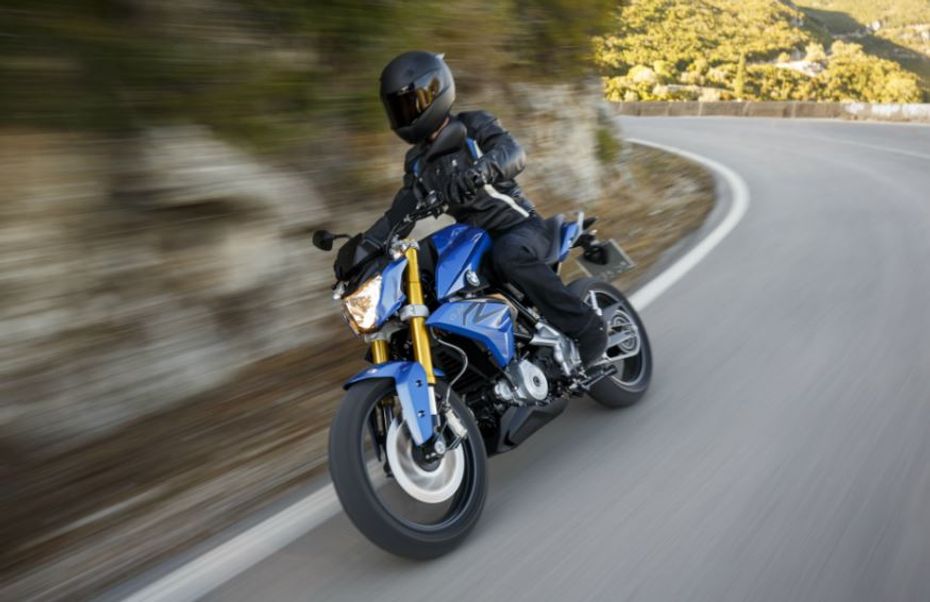
The BMW G 310 R gets relatively higher-spec suspension with a 41mm inverted front fork setup and a rear monoshock with preload adjustability. The Ninja 300 employs less expensive, less complex 37mm traditional telescopic front forks and a bottom-link Uni-Trak monoshock with 5-step preload adjustability. Unlike telescopic forks, inverted ones reduce unsprung mass of the wheel, thereby offering superior performance. However, due to their inherent complexity, they are more expensive to replace compared to traditional ones.
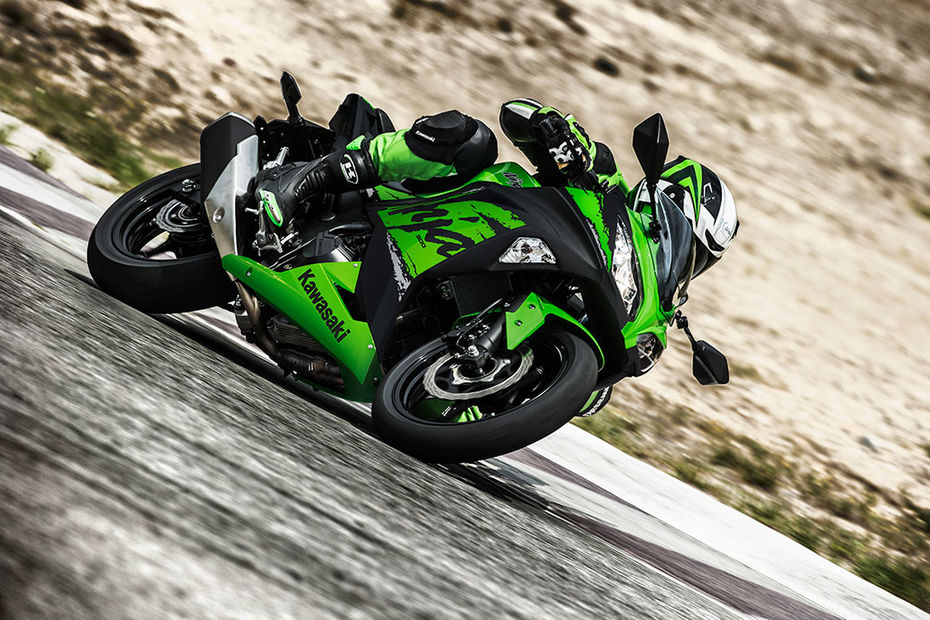
The Ninja 300 features a 10mm smaller disc than the G 310 R’s 300m unit, and the rear is also 20mm smaller compared to the G 310 R’s 240mm disc. Both the bikes get dual-channel ABS as standard, though. The Bavarian bike rides on much more premium Michelin Pilot Street radial tyres against the Ninja’s MRF Nylogrip Zappers (Zapper FY up front and Zapper S at the rear, both non-radial).
Verdict:
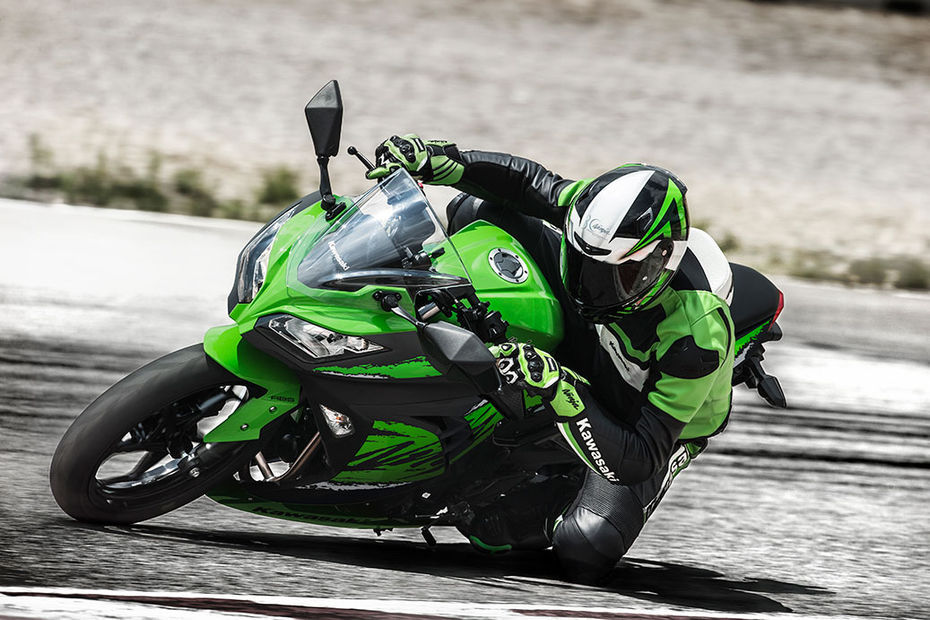
After the heavy localisation, the Ninja has become the most affordable twin-cylinder faired motorcycle available in the country, retailing for a massive Rs 62,000 less than the previous-gen bike. For one grand less than the G 310 R, the Ninja not only offers you one extra cylinder but also slightly more power, apart from the added refinement that comes with a two-pot mill. BMW seem to have priced their motorcycle at a substantial premium, for its sheer badge value. Curiously, the Beemer is relatively cheaper than its closest competitor in the overseas market despite being manufactured locally!
Both the brands offer a three-year, unlimited mileage warranty, but Kawasaki’s relatively wider spread with 30 dealerships definitely trumps BMW Motorrad’s seven. Kawasaki’s maintenance is at a premium but the BMW G 310 R is also likely to be pricey because of the brand positioning. It does make sense to pick up the Ninja over the G 310 R, especially considering the features it offers at a value-laden price.
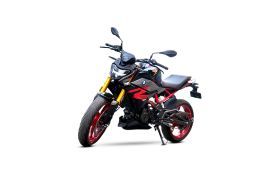

Are The BMW G 310 Twins Overpriced In India? Yes, Or No?

BMW Motorrad vs Rivals: Dealership Network And Warranty

BMW G 310 R & G 310 GS: Top 5 Facts

BMW G 310 R vs 390 Duke vs Dominar 400 vs Mojo XT 300 vs TNT 300 -...

Here’s What TVS Has Changed On The New Apache RR 310

Race-spec TVS Apache RR 310 vs Production RR 310 - What’s Different?

Yamaha R3 vs Benelli 302R vs TVS Apache RR 310 vs KTM RC 390 vs...

What’s Quicker? A BMW Bike Or Car?

BMW G 310 GS vs Kawasaki Versys-X 300: Which Is More Off-road Worthy?

Royal Enfield Continental GT 650 vs Harley-Davidson Street Rod: Spec...
 BMW G 310 GS
BMW G 310 GS
 TVS Apache RR 310
TVS Apache RR 310
 Kawasaki Ninja 300
Kawasaki Ninja 300
 Royal Enfield Continental GT 650
Royal Enfield Continental GT 650
 Harley-Davidson X440
Harley-Davidson X440
India's largest automotive community
 BMW S 1000 RR
Rs. 20.75 Lakh
BMW S 1000 RR
Rs. 20.75 Lakh
 BMW G 310 RR
Rs. 3.05 Lakh
BMW G 310 RR
Rs. 3.05 Lakh
 BMW G 310 GS
Rs. 3.30 Lakh
BMW G 310 GS
Rs. 3.30 Lakh
 BMW R 1250 GS
Rs. 20.55 Lakh
BMW R 1250 GS
Rs. 20.55 Lakh
 BMW M 1000 RR
Rs. 49.00 Lakh
BMW M 1000 RR
Rs. 49.00 Lakh